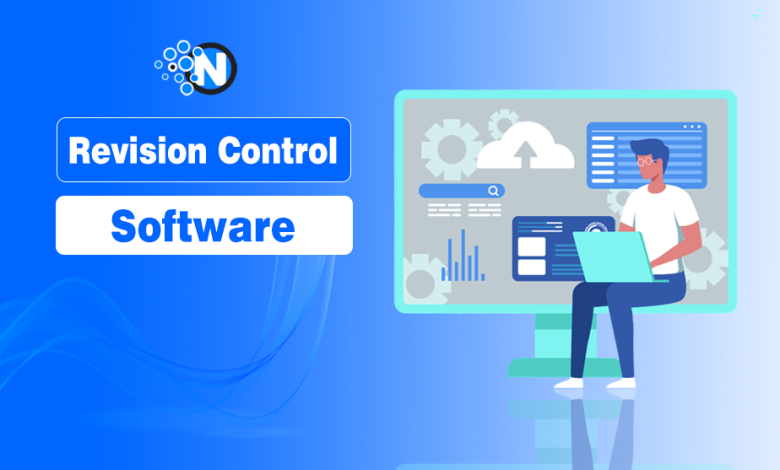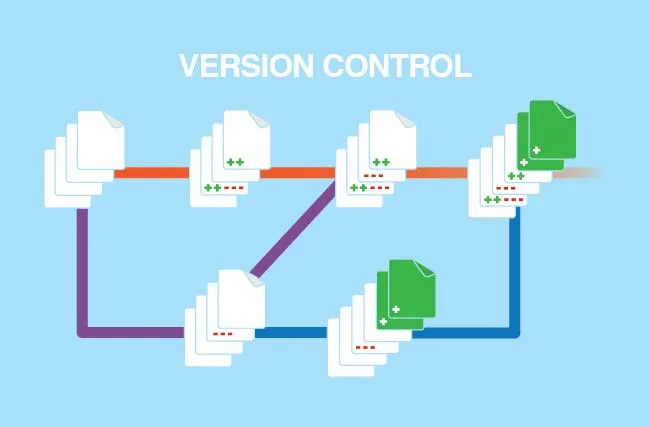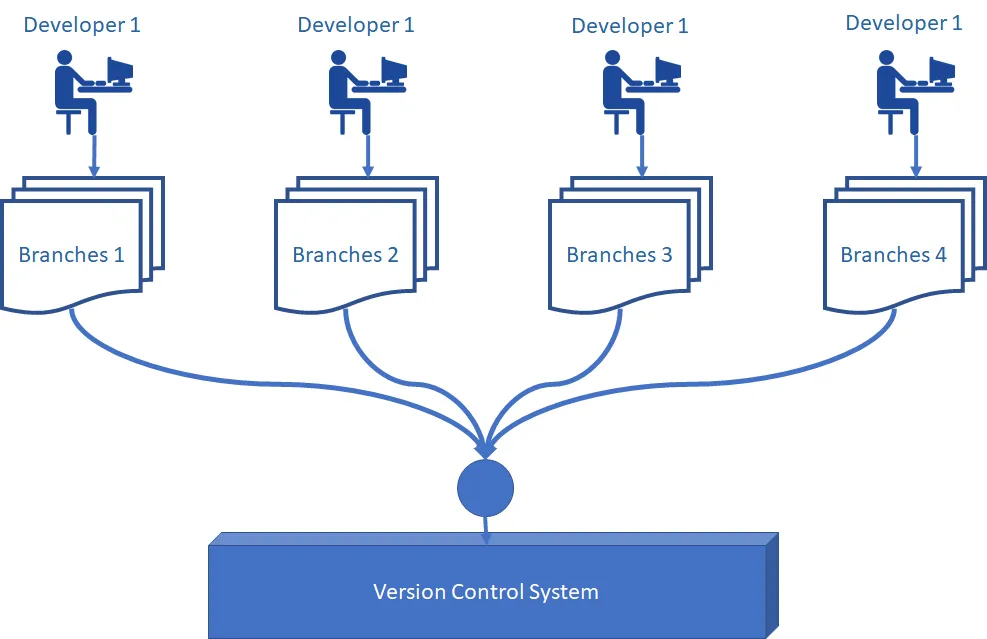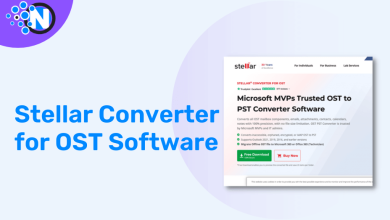Mastering Revision Control Software: Essential Guide

Revision control software, also known as version control, is essential for managing changes in any project involving code or documents. It tracks every modification, maintains version history, and allows teams to collaborate seamlessly while preserving data integrity.
In this comprehensive guide, I’ll explore what revision control software does, its core functions, types, benefits, and best practices. You’ll also learn how modern tools like OpenBOM are reshaping revision control for real-time collaboration and compliance.
Understanding Revision Control Software
Revision control software and system is an indispensable version control tool in the realm of software developers, software development, and engineering.
In software development, version control safeguards the source code from loss or overwriting, allowing teams to revert to previous versions when necessary. In engineering and manufacturing, it manages evolving product data and documentation.
Without such systems, teams risk confusion, duplication, and data loss, especially when multiple users are working on different aspects of the same project. Revision control tools eliminate these issues by creating a complete digital trail of every change, improving both collaboration and quality assurance.

Key Functions of Revision Control Systems
1. Tracking Changes and Version History
One of the core strengths of revision control software lies in its ability to record every modification. They provide a complete and detailed change history, documenting all modifications made across document versions. This comprehensive audit trail includes:
- Information about creations
- Information about deletions
- Information about edits
- Details of authors
- Dates of changes
- Notes
Periodic version reviews also help clean up outdated files and maintain a well-organized document repository. For example, tools like OpenBOM capture complete histories of product information, including items, BOMs, and linked files like offering users a 360° view of all updates.
2. Managing Baselines and Snapshots
A baseline represents a snapshot of a project at a specific point in time, a reference version that can be used for audits, quality checks, or future comparisons. Baseline management provides stability and consistency throughout the project stages so that it is easier to roll back or check previous versions.
3. Ensuring Data Integrity and Compliance
Maintaining data integrity and regulatory compliance is critical, especially in engineering, healthcare, and manufacturing sectors.
Customizable data models allow users to define specific attributes based on project needs, ensuring that every change meets documentation and quality standards. Systems like OpenBOM enhance compliance by allowing detailed revision tracking and metadata management.

Types of Revision Control Systems
Revision control systems are generally classified into two categories:
1. Centralized Revision Control Systems
In a centralized system, all files are stored on a single server. This structure is ideal for smaller teams that prefer a simple, top-down approach.
Advantages:
- Provides a unified view of project changes.
- Simplifies user access and permissions.
- Ideal for regulated environments requiring centralized control.
Disadvantages:
- Creates a single point of failure; if the server goes down, access is lost.
- Limited offline capabilities.
Popular tools include Subversion (SVN) and Perforce.
2. Distributed Version Control Systems
In contrast, distributed systems such as Git, Mercurial, and Bazaar allow each user to maintain a local copy of the repository. This decentralized approach supports offline work and faster collaboration.
Advantages:
- Developers can work independently and merge changes later.
- No central dependency, collaboration continues even without network access.
- Excellent scalability for large teams and open-source projects.
DVCS tools are ideal for organizations with multiple contributors working across time zones.
Benefits of Using Revision Control Software
- Facilitating seamless project development.
- Enhancing collaboration and reducing reliance on a central server.
- Allowing multiple users to edit documents simultaneously while keeping a comprehensive history of all changes made.
- Providing each developer with a complete history of the repository on their local machine through distributed version control systems.
- Enabling faster merging and resolving of conflicts since developers can work independently and integrate changes at their own pace. The benefits of version control are evident in these processes. This is how version control works.
In short, version control streamlines teamwork, enhances accuracy, and supports a more organized project lifecycle.
Best Practices for Effective Revision Control
To maximize the benefits of revision control, it is essential to follow best practices. Clear documentation and naming conventions, along with regular audits and reviews, are fundamental for effective revision control.
1. Clear Documentation and Naming Conventions
Establishing consistent naming conventions for files aids in keeping documents organized and easily identifiable, which is crucial for effective version control. A well-structured naming system includes key elements such as:
- Document type
- Date
- Version number
- Project identifier
Example: ProjectX_Design_v3_2025-10-28.docx
Using standardized naming conventions, such as including version numbers and dates in file names, minimizes confusion and improves document retrieval.
Clear documentation is vital in revision control as it ensures that all team members are on the same page regarding project changes and history.
2. Regular Audits and Reviews
Conducting periodic audits ensures that revision control processes remain accurate and reliable over time. Regular audits help validate the integrity of the revision control system and identify any discrepancies that may have arisen.
This practice is crucial in maintaining a well-functioning revision control system that adapts to the evolving needs of the project.
Regular reviews are also effective in ensuring that quality is kept at the right level, whereby no undocumented or unauthorized changes find their way through.
Choosing the Right Revision Control Tool
Choosing the right revision control tool is crucial for aligning with specific project needs and team dynamics. Factors to consider for selecting the right tool depend on:
- Team size and structure
- Project complexity
- Level of required collaboration
- Regulatory requirements
Look for systems that offer:
- Real-time collaboration
- Customizable data models
- Comprehensive audit trails
- Integration with existing workflows
OpenBOM’s Approach to Revision Control
OpenBOM changes the revision control to real-time collaboration, data model flexibility, and the flexibility of the cloud.
Collaborative Workspace and Real-Time Updates
The OpenBOM collaborative workspace offers several key features:
- Allows two or more users to make simultaneous updates to product data, enhancing synchronization across teams.
- Supports real-time collaboration, enabling concurrent work on product data without conflicts.
- Ensures that changes are instantly visible by allowing users to edit data together in real-time.
- Eliminates issues of file locks commonly found in traditional systems.
OpenBOM’s Collaborative Workspace offers the following features and benefits:
- Consolidates all product information in a shared, editable environment.
- Enhances team collaboration by enabling simultaneous changes.
- Ensures that all modifications are synchronized across the team.
- Provides real-time update capability, which is particularly beneficial for large projects and collaborative environments.
- Supports multiple repositories and real-time collaboration needs.
Customizable Data Models and Metadata Management
Users can define custom attributes and metadata fields tailored to their organization’s needs, improving traceability and compliance.
Another important benefit of OpenBOM customizable data models is the capacity to handle digital assets efficiently. Users are also able to monitor changes and guarantee regulatory compliance by adjusting data attributes to fit the particular needs of businesses.
Summary Lines
Mastering revision control software is essential for any team involved in software development or engineering. Effective revision control helps manage complex product structures, ensures data integrity, and prevents costly errors and miscommunication among teams.
OpenBOM’s flexible and real-time revision control system offers a cutting-edge alternative to traditional document management, promoting collaboration and maintaining compliance.
Implement these strategies to enhance your team’s productivity, prevent costly mistakes, and stay in full control of every version.
Frequently Asked Questions
Why is effective revision control critical in product development?
It ensures data integrity, reduces human errors, and allows teams to track every change, improving collaboration and quality control.
What distinguishes OpenBOM’s revision control approach from traditional systems?
OpenBOM’s revision control approach is distinguished by its flexibility and real-time collaboration features to enable dynamic teamwork without data silos or version conflicts.
What is a Change Request (CR) in OpenBOM’s revision control process?
A Change Request logs proposed modifications that must be reviewed and approved before updating the revision for quality and accountability.
How does OpenBOM ensure traceability in revision control?
OpenBOM ensures traceability in revision control by maintaining a comprehensive history of modifications, detailing who made changes, what was altered, and the timestamps of these modifications.
What is the difference between ‘version’ and ‘revision’ in OpenBOM terminology?
Version control typically applies to source code and digital files, while revision control often manages structured data or documents in engineering and manufacturing.




